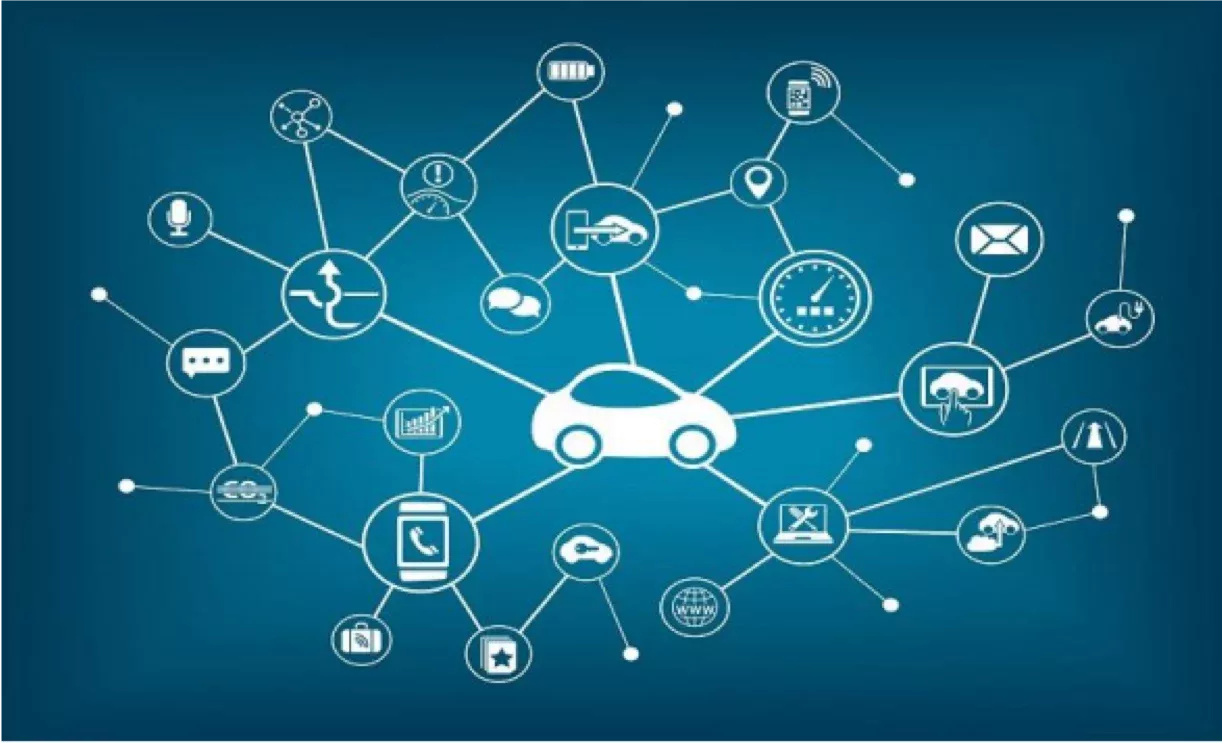Europe is widening its focus from high-tech to low-tech microchips as it fears a fresh challenge from Chinese subsidized firms to supply the electric vehicle boom.
The European Commission will start to question microchip suppliers and customers about legacy chips and whether there is a dependency on China supplies, it told POLITICO in a statement, with first results expected by the end of the summer.
Officials fear a challenge to the bloc’s market power on so-called legacy microchips – older-generation technology used in cars, household appliances and medical devices. The move follows a similar one in the US, where the government launched a survey on the topic in January.
At a high-level summit between European Union and US top officials in Belgium in April, US Commerce Secretary Gina Raimondo warned these “workhorse” chips were on Beijing’s radar as the next area to conquer.
“We know there’s a massive subsidization of that industry on behalf of the Chinese government, which could lead to huge market distortion,” Raimondo said, estimating that China will produce around 60 percent of the legacy chips coming to the market in the “next handful of years.”
In the past two years, the first round of the global chips war focused on more advanced chips. Washington rolled out a strategy in the past two years to cut off China from accessing high-tech microchips technology by curbing the export of designs and equipment to manufacture them. It pressured the Netherlands, Japan and other allies to block exports, most notably those of cutting-edge printing equipment made by Dutch tech champion ASML.
Legacy chips have larger “nodes,” making them easier to manufacture but unsuited for leading technology such as smartphones.






















